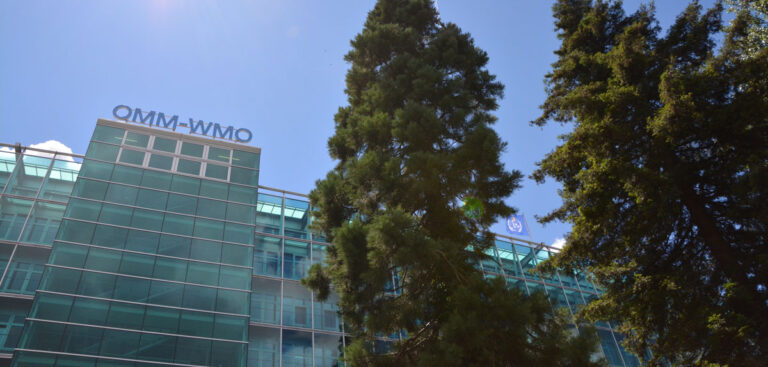Reduced emissions from the coronavirus induced economic slowdown are not a substitute for concerted climate action, says the World Meteorological Organization (WMO).
Localized improvements in air quality have been noted, but carbon dioxide levels at key observing stations have been higher than last year.
Petteri Taalas, secretary general of WMO, says economic stimulus packages should support a long-term switch to more environmentally and climate-friendly business and personal practices.
He also warns that previous declines in emissions during economic crises were followed by a rapid upsurge.
Taalas said, “The world needs to demonstrate the same unity and commitment to climate action and cutting greenhouse gas emissions as to containing the coronavirus pandemic. Failure in climate change mitigation could lead to greater human life and economic losses during the coming decades.”
According to research carried out for Carbon Brief, the lockdown and reduction in economic activity in China led to a 25% reduction in CO2 emissions in four weeks.
Carbon dioxide remains in the atmosphere and oceans for centuries, meaning climate change will continue regardless of any temporary fall in emissions due to coronavirus.
In February, the Mauna Loa observatory in Hawaii measured 414.11 parts per million of CO2 compared with 411.75 ppm in February 2019.
The Cape Grim observation station in Tasmania also registered an increase, with CO2 to 408.3 ppm compared with 405.66 ppm in February 2019.
Nitrogen dioxide levels have reduced in China and Italy, with the latter registering a fall of about 10% per week, according to surface observations from the EU’s Copernicus Atmospheric Monitoring Service.
Surface ozone measurements at the Global Atmosphere Watch state of Monte Cimone in Italy’s Po Valley showed a decrease in March.
WMO says it is too early to draw firm conclusions on the significance of this for greenhouse gas concentrations.



